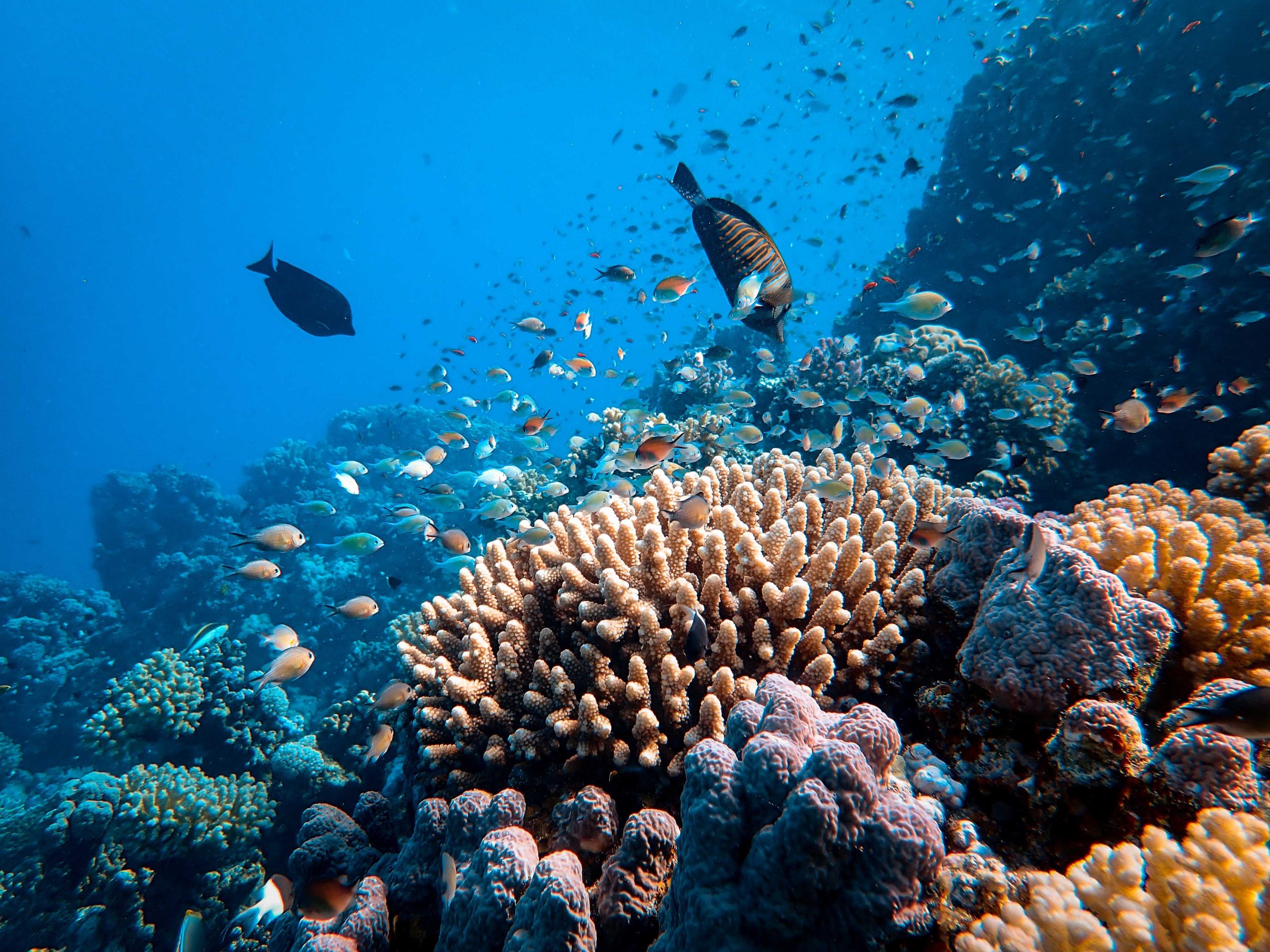The United Nations established 17 ‘Sustainable Development Goals’ (SDGs) in 2015 as a global call to action to protect the planet and eradicate all forms of poverty by 2030, ensuring global peace and prosperity. The goals include:
- No Poverty
- Zero Hunger
- Good Health and Well-being
- Quality Education
- Gender Equality
- Clean Water and Sanitation
- Affordable and Clean Energy
- Decent Work and Economic Growth
- Industry, Innovation, and Infrastructure
- Reduced Inequalities
- Sustainable Cities and Communities
- Responsible Consumption and Production
- Climate Action
- Life Below Water
- Life on Land
- Peace, Justice and Strong Institutions
- Partnerships for the Goals
In order to thoroughly comprehend the significance of equal and sustainable opportunities, a few of these goals will be explored in more depth.
No Poverty
In 2030, the worldwide poverty rate is expected to be 7%. Moreover, an additional 119 and 124 million people would be forced back into extreme poverty by 2020 (predominantly due to COVID-19). As a result, the first UN SDG is to eradicate poverty in all of its manifestations, globally. Poverty, according to the United Nations, is defined as “the lack of income and productive resources to ensure sustainable livelihoods.”
Hunger and malnutrition, restricted access to education and other basic services, social prejudice and marginalisation, and a lack of involvement in decision-making are examples of its manifestations. Poverty is currently measured as people living on less than $1.25 a day.
The SDGs’ main reference to combating poverty is made in target 1.A of their Goal 1 Targets: “Ensure significant mobilization of resources from a variety of sources, including through enhanced development cooperation, in order to provide adequate and predictable means for developing countries, in particular least developed countries, to implement programmes and policies to end poverty in all its dimensions.”
Other targets include ensuring all men and women have equal rights to economic resources, building the resilience of those in vulnerable situations (such as those dealing with natural disasters), and creating policy frameworks at national, regional, and international levels.
According to the UN, governments around the world have implemented 1,600 short-term social protection measures in response to COVID-19. However, 4 billion people are still without social protection, prompting further effort.
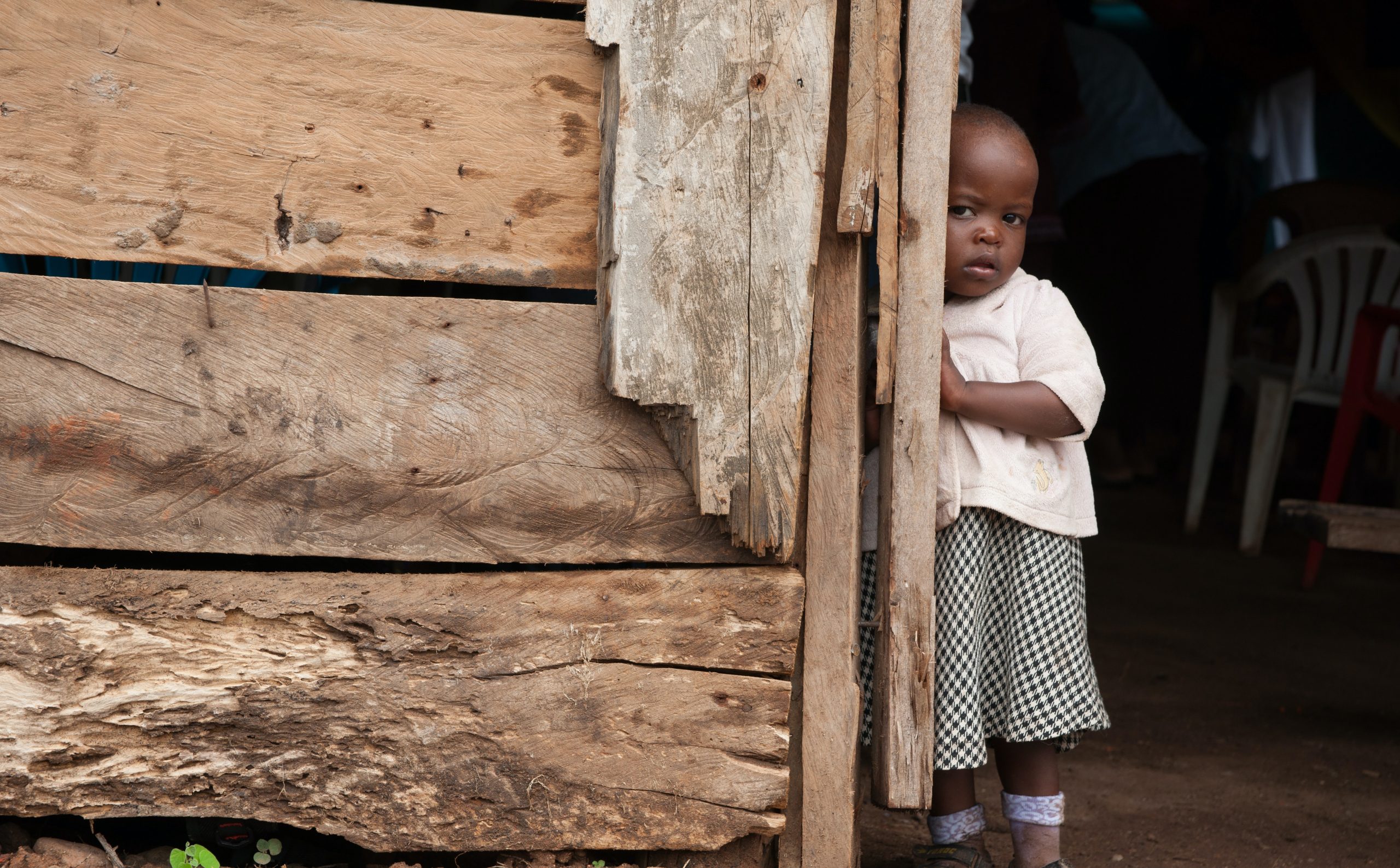
Zero Hunger
There are currently 2.37 billion individuals on the planet who are starving or unable to obtain a nutritious, balanced meal on a regular basis. As a result of COVID-19, an extra 70-161 million people are estimated to have gone hungry as global food systems have become more vulnerable and unsustainable.
In 2019, 47 million children under the age of 5 suffered from wasting, or acute undernutrition, which is characterised by a lack of nutrients and the presence of infection. The prevalence and severity of malnutrition will worsen for children as a result of the virus. Ending hunger and malnutrition, as well as having sustainable and resilient climate-compatible agriculture and food systems that provide for people and the Earth, are all necessary for achieving the Sustainable Development Goals.
Conversely, the World Food Programme’s food aid scheme helps 87 million people across the globe. In addition, the UN’s Global Humanitarian Response Plan lays out measures to fight the virus in the world’s poorest nations and to meet the needs of the world’s most vulnerable people, particularly those experiencing food insecurity.
Some of the Zero Hunger targets include increasing agricultural production and small-scale food producer incomes, as well as addressing the nutritional needs of adolescent girls, pregnant and lactating mothers, and the elderly.
The world is still far from achieving Zero Hunger on time. By 2030, the number of people affected by hunger would have surpassed 840 million if current trends continue. To ensure that every man, woman, and child receives food security and good nutrition, tremendous efforts are required.
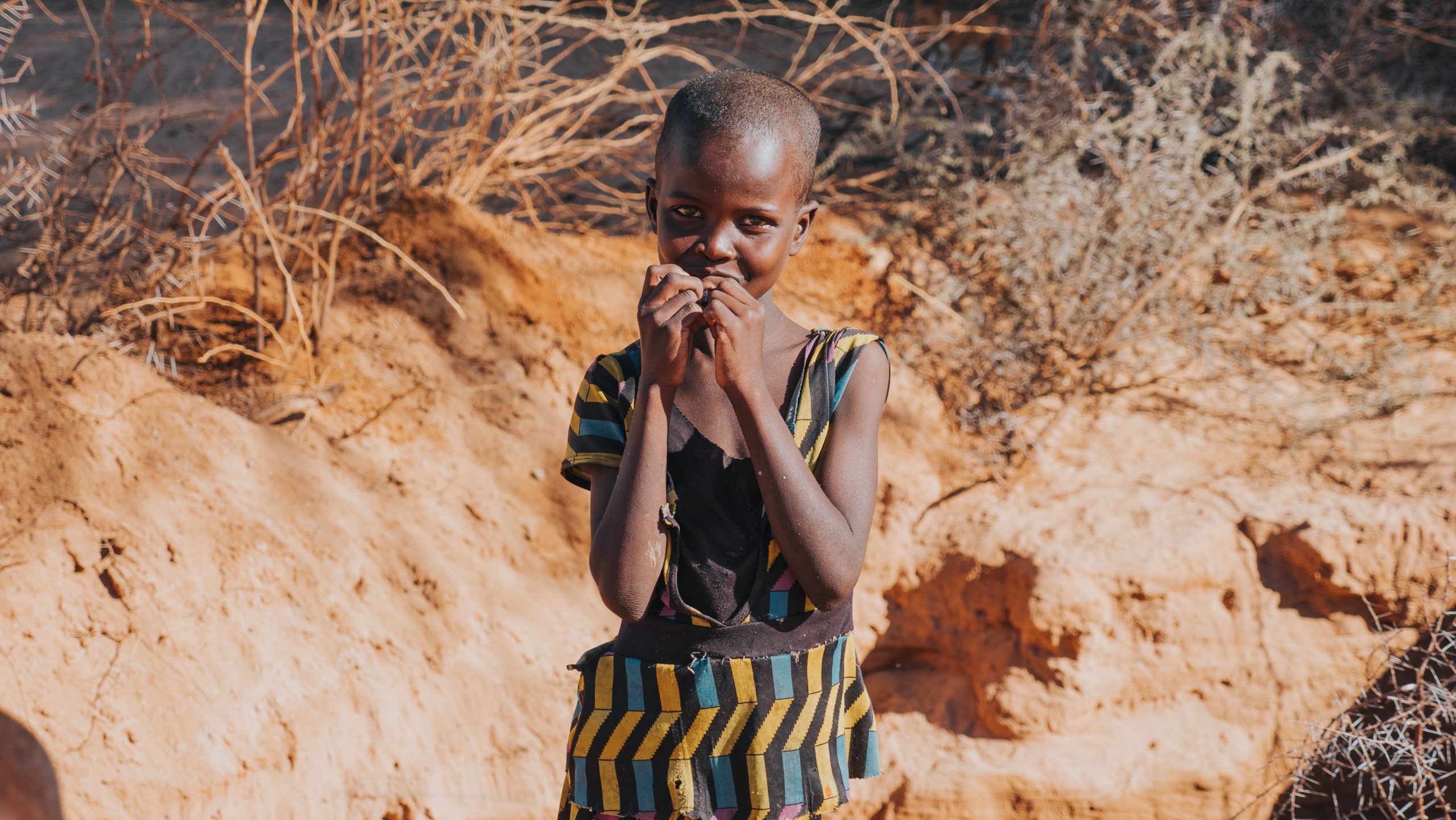
Quality Education
Due to the global spread of COVID-19, a majority of nations have declared temporary school closures, affecting more than 91% of students worldwide. Nearly 1.6 billion children and teenagers were out of school by April 2020. In addition to this, over 369 million children who rely on school meals have had to seek alternative sources of nutrition on a daily basis.
UNESCO developed the COVID-19 Global Education Coalition in March 2020 to preserve children’s well-being and guarantee that they have access to continued learning. They want to help countries mobilise resources and implement innovative and context-appropriate solutions to provide education remotely, leveraging high-tech, low-tech, and no-tech approaches.
They also seek to implement equitable solutions and universal access; and ensure coordinated responses and avoid overlapping efforts; minimise an increase in dropout rates as well as make it easier for students to return to school when it reopens.
By 2030, the United Nations aim to eliminate gender disparities in education, notably increase the supply of qualified teachers in developing countries and increase the proportion of young people and adults with adequate skills for employment.
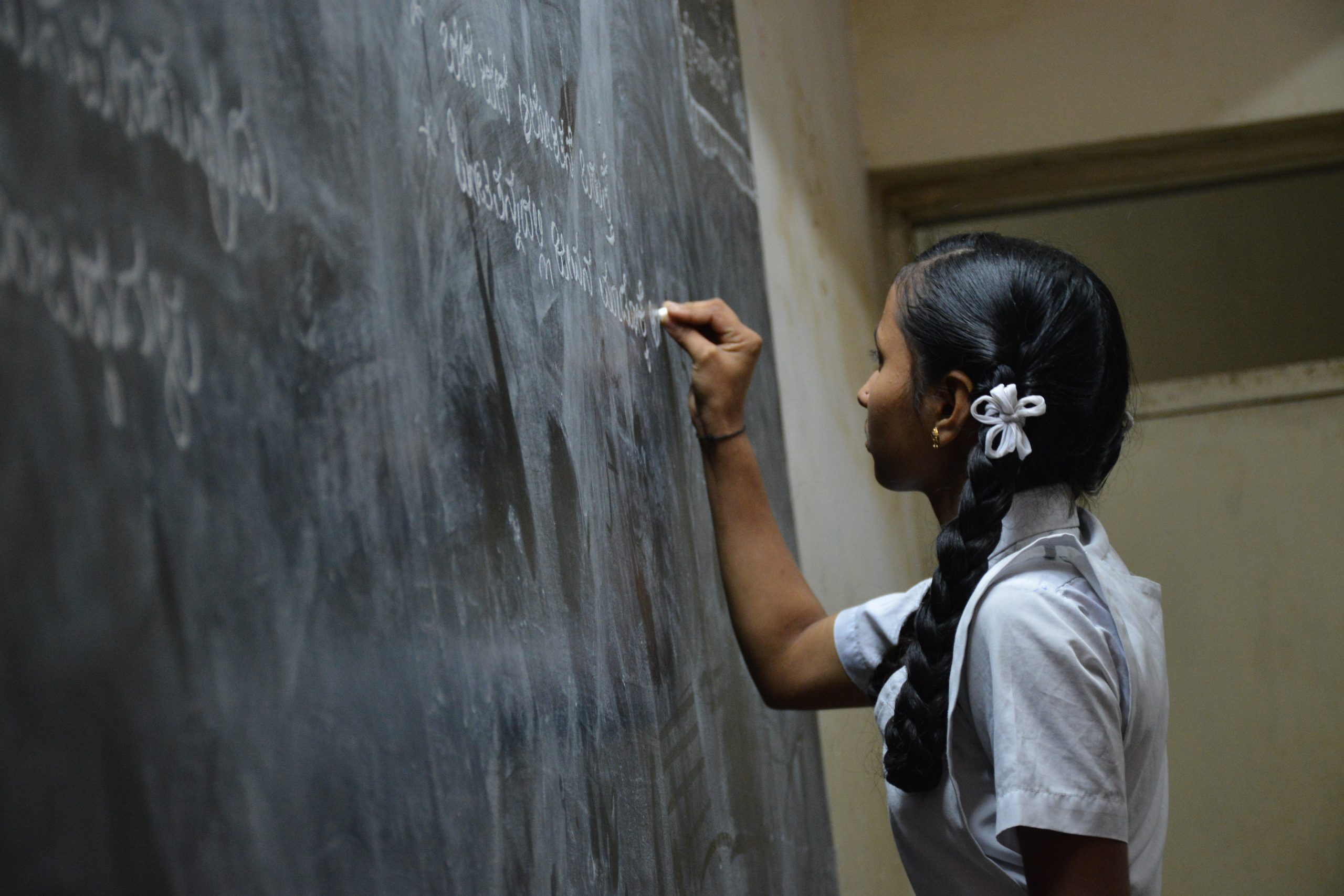
Clean Water and Sanitation
In 2020, 46% of the world’s population were without properly managed sanitation. According to the World Health Organization, diarrhoeal illnesses kill 297,000 children under the age of five every year. This is due to inadequate sanitation, hygiene, or contaminated drinking water.
In addition, 2.3 billion people live in nations that are water-stressed. As the world’s population expands, the need to balance conflicting economic demands with water resources deepens, ensuring that communities have enough to meet their basic needs.
Water and sanitation are intrinsically linked at the human level. They both help to minimise the global burden of diseases and improve people’s health, education, and economic productivity. The COVID-19 outbreak has proven the vital necessity of sanitation, hygiene, and appropriate access to clean water in disease prevention and control.
As a result, the United Nations is working to ensure that everyone has access to clean water and sanitation. In unplanned settlements, UN-Habitat are actively working with partners to improve access to running water and handwashing.
By 2030, the United Nations aims to implement integrated water resource management, assure sustainable freshwater withdrawals and supplies to alleviate water shortages and provide universal and equitable access to clean and affordable drinking water for all communities.
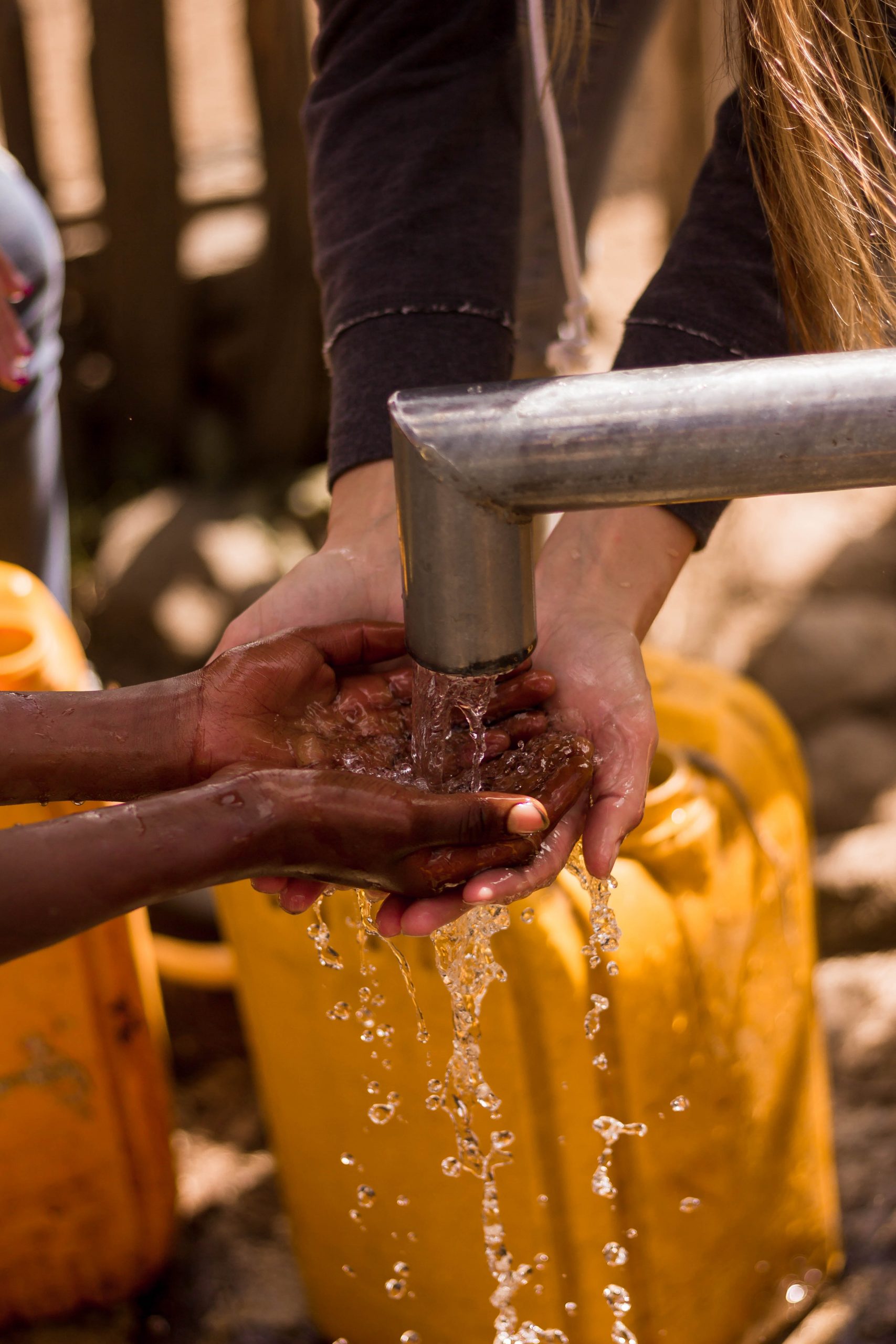
Decent Work and Economic Growth
The global economy has been struck with the devastating effects of the COVID-19 outbreak. It resulted in the loss of around 255 million full-time jobs. The outbreak’s effect also resulted in disruptions to industrial output, decreasing commodity prices, financial market instability, growing insecurity, and the loss of livelihoods.
In terms of gender disparities, the worldwide gender pay gap now stands at 23%, and achieving equal pay will take another 68 years if no further action is taken. Some of the UN’s goals to solve this include, generating better levels of economic productivity, sustaining per capita economic growth in line with national conditions, and exponentially lowering the proportion of youth not in work, education, or training by 2030.
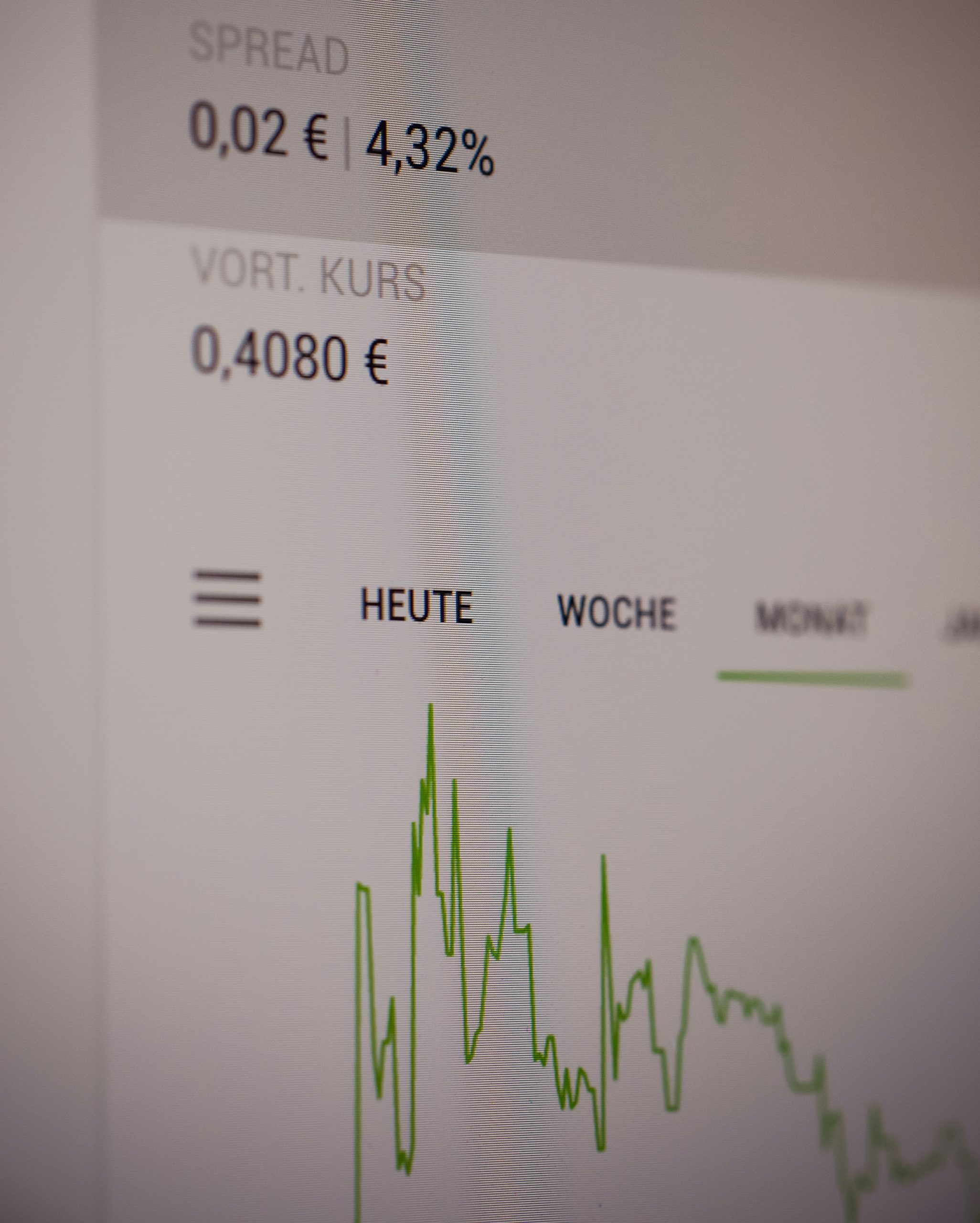
Responsible Consumption and Production
Another SDG is to ensure that global consumption and production behaviours are sustainable. To put things into perspective, the United Nations estimates that if the world population reaches 9.6 billion by 2050, nearly three planets would be required to provide the natural resources required to maintain present lifestyles.
By 2030, the UN hopes to minimise waste creation, encourage businesses to adopt sustainability initiatives, as well as achieving sustainable natural resource management and efficient usage.
You can decrease the amount of waste you generate by being mindful about what you buy and adopting a sustainable choice wherever possible. Additionally, you should avoid throwing away food and limit your use of plastic (one of the main pollutants of the ocean). Furthermore, you can make a difference by purchasing from sustainable and local sources, as well as trying to impose pressure on businesses to adopt sustainable practices. Learn more about how you can take action as a consumer here.

Life Below Water
The ocean is at the heart of the global processes that keep the planet habitable for humans. The wellbeing of people and the environment depend on marine biodiversity, in particular. The lives of nearly 3 billion people are reliant on marine and coastal biodiversity.
To add to this, carbon dioxide generated by humans is absorbed by the oceans to the extent of 30%. A sustainable future requires careful management of this critical global resource. However, due to pollution, coastal waters are currently deteriorating, and ocean acidification is posing a threat to ecosystems and biodiversity.
According to target 14.2, by 2025, the United Nations plan to eliminate and drastically decrease all types of marine pollution, particularly from land-based activities such as marine debris and nutrient pollution.
They wish to enhance the economic advantages to less developed countries from the sustainable use of marine resources by 2030, particularly through sustainable fisheries, aquaculture, and tourist management.
In order to attain healthy and productive oceans, the UN also aim to sustainably manage and preserve marine and coastal ecosystems in order to avoid adverse repercussions, particularly through increasing their resilience and taking action for their restoration.
